Depression in Schizophrenia, in People of Color, Depicted in Dance ... Honored by Beginner and Expert Crocheters Alike
Looking back at five more contributions to the Mandalas for Marinke project that raised awareness about depression, suicide, and crafting as therapy.
The 2015 Mandalas for Marinke collaborative crochet art project to raise awareness about depression, suicide, and crafting to heal is one of the projects I’m most proud of. And I believe its message matters, so I’m re-sharing it this year. You’ll meet the crafters, read their words, see the mandalas, read a variety of depression/mental health information and learn how it all relates to the work I’m doing today.
Meet the Makers
In this section, you’ll meet the five makers who contributed these crochet mandalas to the original project along with their own words if they shared them …
Acacia’s Crochet Mandalas Represent Family Mental Health Challenges
Acacia contributed four crochet mandalas to the project, including the one shown here which was made of plarn (where you turn plastic bags into yarn) and I loved it because the texture was so different from the typical yarn ones. Acacia shared:
"I chose to contribute to this project since I not only love to crochet, but I am also surrounded by depression and mental illness. Everyone in my immediate family suffers from some sort of depression. It is quite common to have depression or Seasonal Affective Disorder up here where I live (in the Upper Peninsula of Michigan.)
Also, I was taught how to crochet at a young age by my grandma, who happened to suffer from schizophrenia.
As you can see, this project really hits home for me, and I am glad to be a part of this. I chose to stick to Marinke's original patterns as a way of honoring her memory."
A Sunny Contribution from Abby Call
These mandalas are contributed by Abby Call who blogs at Knitting Ramblings. Her Ravelry name is NaomiKnitster. I love what she shares about this name:
"My grandmother taught me to knit when I was 4 because she thought I might need the skill someday. She worked for Cole of California and came home at night and knitted to relax. If my grandmother could see the yarns (today) she would die. Her name is Naomi and I used her name as my Ravelry name."
The mandalas Abby sent immediately reminded me of citrus and sunflowers and sunshine. And in fact when I popped over there and found her post about Mandalas for Marinke I learned that she was indeed inspired by the sun when making these. She writes,
"I chose these colors because they remind me of the sun. I always feel better on a sunny day even if it is the middle of winter and the temps are in the single digits. Sunshine just makes you feel good."
In her letter to me, Abby wrote:
"I am sorry I never knew about Marinke's blog or works until she was gone. I am more of a knitter than a crocheter. I have since found her blog to be very inspiring and have several projects in my mind using her mandala patterns.
Personally I have no dealing with depression. The closest I have come is a couple years ago we lost a local weatherman who I spent fourteen years with daily getting ready for work. His departure touched the entire city as only a few knew of his own fight with depression. I cannot even begin to imagine what it must be like to deal with the demons in your own mind. My prayers and thoughts are with Marinke's family as they deal with their loss. I feel the craft world has felt a loss as well.
I chose to contribute because I feel this is a very worthwhile cause. Any time you can bring people together to show some light on something so tragic is so worth participating in. Thank you for doing this. There are so many people out there that are dealing with depression that no one knows about. Maybe we can help encourage them to come forward to get any help that is available."
Carolina Sent A Beginner's Beautiful Thread Crochet Contribution
This terrific contribution comes from Carolina in Florida who shares with us:
"I was so moved by this memorial. I am a beginner to crochet. Social media and people like Marinke that shared part of her knowledge on the sites helped me to learn the craft. I started to crochet because I was very sad and could not find peace within. Prayer was impossible because I could not quiet my mind, but with crochet I have been able to find peace and to be able to relax.
Marinke's mandalas are so joyful. They helped me pray in a different way. I wanted to participate in the project to honor Marinke and also because I feel the same depression and how crochet changes that feeling into joy.
I am so sorry for this loss and hope hearing from all of will give you comfort and strength. Know that she helped me to get better."
This lovely crochet mandala comes from Laura Swaddle in the UK who created it using Marinke’s Summer Hearts Mandala crochet pattern.
The reason I chose mandalas for this project is because in the years between when I interviewed her for Crochet Saved My Life and her passing, she had become really known in the crochet world for her unique crochet mandala patterns.
Laura writes:
"Wink's work was always so vibrant and accessible - even as a beginner it was something I felt I could try.
Depression lies and steals from people, so this project is a wonderful way to raise awareness - though what a tragedy it had to come about the way that it did.
This illness has touched both our family and friends. We live with those who struggle and we have lost more than one for whom the battle became too much.
Thinking about Wink's family at this most difficult of times."
5 Mandalas Contributed Anonymously In Honor Of …
“Marinke and …
And in memory of my brother-in-law who also succumbed to depression.
And for my sister who battles her bi-polar every single day.
And for Marinke's family and her fiancé, in hopes that they realize all the special things about Marinke they love so dearly are the same things they will miss the most. These are, in fact, the very things that should be celebrated in grandeur, shouted to the heavens, shared with honor and commemorated every day. Wink did find the light; it's just another side.
And for Marinke's contribution to the crochet craft. My mother used to crochet when I was young but, being a tomboy, I had zero interest. I can still picture her with her yarn at her feet while she "crocheted away". I'm not sure when she stopped, but years and years later, when she became ill and had to move, my sister and I found bags and bags of old (and I do mean old!) yarn and vintage hooks of every size. I took those old things home, and when she sufficiently recovered brought them back to her. She was just beginning to get back into the craft when she unexpectedly passed away. Even though crochet was something I never ever thought I would be interested in, I taught myself in her memory. Desire being one thing, practicality another. It was difficult to know if I was doing it "right"; that's where the online crochet community came in. I had a place to find a picture or video. Repeating stitches, repeating patterns, making things ... I'd think of my mother often. I mourned my way through what seemed like a million scarves and afghans, so many I was bored and losing interest. That's when I found Wink and her mandalas. Her blog with the free patterns, easy to follow instructions and encouragement, her color sense, imagination, originality and friendly style caused my fascination with crochet to return full force. I will always remember Wink as the one who kept me in the craft and will sing her praises to myself with every Mandala I make.
And for you and your bravery, your commitment to MandalasForMarinke is admirable, and I wish you light, strength and stability. Thank you for taking on depression and mental health disorders.”
When I received messages like these, I knew that I was doing the work I was meant to be doing in this world. I still do.
Resources, Quotes, Inspiration … Raising Awareness About Depression and Suicide
One major purpose of this project was to raise awareness about depression, suicide, mental health, and crafting to heal. At the end of each original blog post, I shared a quote, a resource, or related information. Here is what I shared from each of the five posts above.
Depression as Portrayed in Dance
In the original post, I shared a clip from So You Think You Can Dance in which performer Ariana danced about depression. However, that clip is no longer available. So, I spent some time on YouTube and found this:
This was published on YouTube in 2015 by Pryce Brown. “A small little trailer of up coming work from Precision Dance Company.”
I find this so powerful and moving. It’s just a small clip but I think I’m going to put together a post that is a selection of videos portraying mental health conditions.
The People of Color and Mental Illness Photo Project by Dior Vargas
Dior Vargas is a Latina Feminist Mental Health Activist and had written of this project, which you can look at the archives for here.
"This photo project stems from the lack of media representation of POC (people of color) and mental illness. There are tons of articles that list people with depression and other mental illnesses but you rarely see someone who looks like you. We need to change the way this is represented. This is not something to be ashamed about. We need to confront and end the stigma. This is a NOT a white person's disease. This is a reality for so many people in our community."
Looking at this project also made me want to share a list I've seen in several of my grad school classes over the years. I've seen several forms of it but it's essentially a checklist of white privilege, and I think it's important for people living with privilege to take a look at it just to become more aware. Here's a shorter version. There are variations on this as well - with additional questions that emphasize the lack of privilege that women, gender/sexual minorities and others may experience in different situations.
Depression in Schizophrenia
In a 2000 article called, "The symptom of depression in schizophrenia and its management", the authors write that people with schizophrenia often experience symptoms of depression. WebMD elaborates that depression is not a specific symptom of schizophrenia but that about 50% of people with schizophrenia will experience a depressive period; Current Psychiatry puts the number at closer to 25%.
The study authors add:
"Depressive symptoms in schizophrenia are important not only because they contribute significantly to the suffering caused by the illness, whether ‘positive’ psychotic symptoms are active or quiescent, but also because they exacerbate deficits in psychosocial functioning and commonly precede attempted and completed suicide. It is important to define and clinically assess such symptoms accurately as there is now increasing evidence that they can be treated successfully."
The authors also note that there are different types of depression that can impact people with schizophrenia, and further that it's important to differentiate this condition from other similar conditions. For example, some people are instead diagnosed with schizo-affective disorder, and independent diagnosis for a condition that has symptoms of both schizophrenia and mood disorders.
If this is a topic that interests you, there's a first person article online titled Insight from a Schizophrenia Patient with Depression.
Depression Statistics
Some statistics about depression from a Huffington Post article by Lindsay Holmes titled 11 Statistics That Will Change The Way That You Think About Depression.
Three hundred and fifty million people around the world experience some form of depression.
16 million U.S. adults had at least one major depressive episode in 2012. This means that nearly 7% of the adults in the United States that year experienced feelings of severe depression along with additional difficult symptoms.
50% of Americans do not seek help for a major depressive episode.
Women are 70% more likely than men to experience depression.
Depression is affecting many, many people. It may be affecting you or someone you love, especially the women in your life. Many people do not seek help when they are experiencing depression. Without help, depression feels even more isolating and hard to overcome. Reach out if you are having symptoms of depression. Check in on others who you suspect feel depressed.
Update: Statistics are helpful for painting a picture but aren’t always exactly accurate. Re-reading this, I wonder if it’s true that women are more prone to depression or if actually men just don’t report as much. Always take statistics with a grain of salt.
Art and Mental Health Takeaways
Mandalas for Marinke came out of the 10+ years I spent studying crochet as therapy, which evolved into the work I do now, which looks at all art as therapy and catharsis but also at the shadow side of how mental health impacts creativity. I wanted to look back at these original posts with an eye towards the related takeaways:
Contributing to a collaborative art project can be immensely healing. You can contribute even if you are a beginner or “not an artist” (although, as you know, I believe we are all artists.)
People can be moved to support those with mental health challenges whether they themselves have experienced such an issue, they’ve seen it in their families, or they don’t really have experience with it at all. We come to this work from all walks of life.
The sun is mentioned more than once here which is a reminder that there is Seasonal Affective Disorder as well as Reverse Seasonal Affective Disorder - your exposure to sunlight and just weather in general can greatly impact your mood. It’s helpful to know that and give yourself what you need in that regard.
“Prayer was impossible because I could not quiet my mind, but with crochet I have been able to find peace and to be able to relax.” I was just speaking on a podcast (not released yet) about how many people find it difficult to meditate/pray because of their active minds but can come to it through a hands-on activity that encourages mindfulness such as crochet or other forms of repetitive art making.
Many of us have someone in our family tree who knitted or crocheted. I offer a creative exercise in my book Hook to Heal which is all about making your crafty family tree.
Although thankfully we’ve seen increased awareness, there continues to be a lack of media representation and access to resources for people of color living with mental health challenges. We must keep working to correct this.
Depression affects a large number of people in a variety of different ways. It is not a symptom of schizophrenia but many people with schizophrenia experience depression.
There are many different ways to express topics like depression that are hard to put into words. Dance is one example.
If you read this far, perhaps you liked the work. The work does take work. It only continues with support, so please consider subscribing. My annual rate starts at $10 per year.

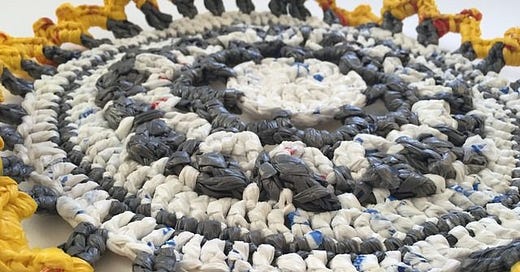



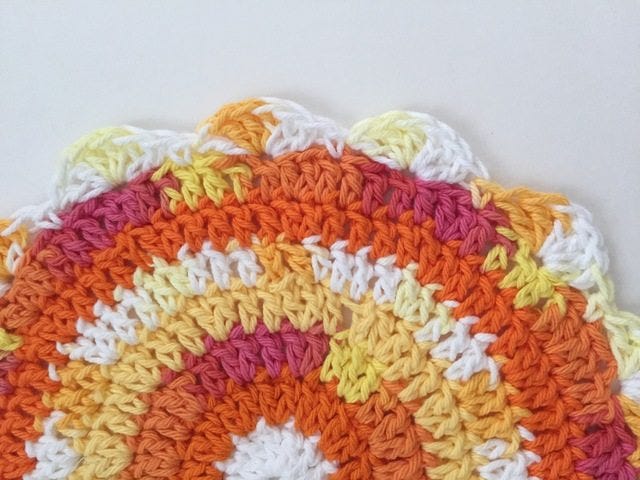
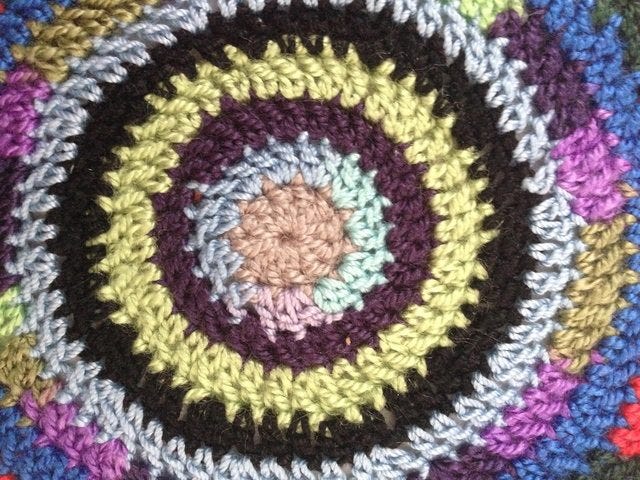
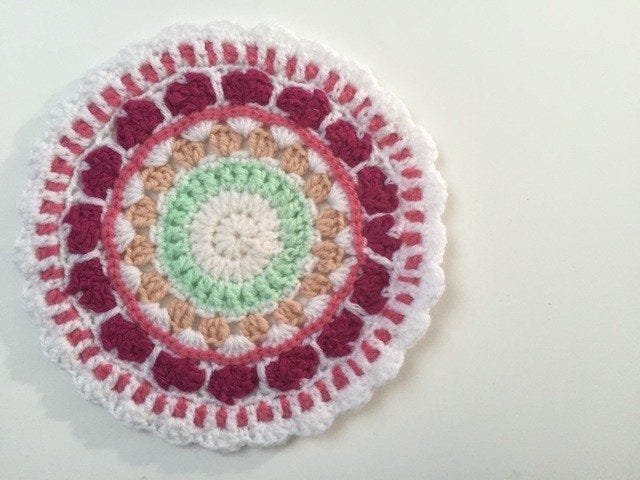
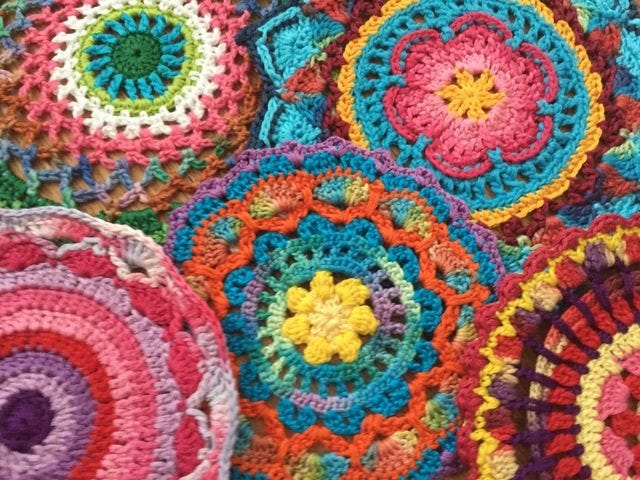

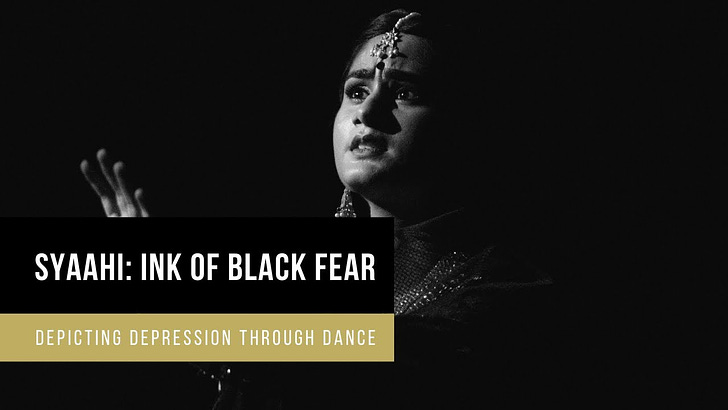
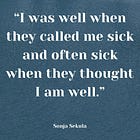

I’ve been yelling at the mouse in my room for the past few weeks. He comes out some nights, creating mayhem. Other nights he’s asleep. I’ve not been sure why he hadn’t attacked my box of Ritz Crackers, or my loaf of Brownberry Bread I keep in my room at assisted living, along with peanut butter, fruit snacks, and some chocolates.
Instead he runs through my art supplies and papers. I’m surprised he’s not run across my bedcovers. So where is he?
He’s locked in my mind I finally discovered. He’s part of my psychosis, just as the loud crashes I’d been hearing at night, as if someone had been throwing plates against the walls.
It stopped this week. Maybe it’s because I plan on moving as soon as I can. And I’m figuring out how to try and make that happen. I don’t know…
Culturally, many in East Asian communities don’t talk about mental health and depression because of long (and I mean long) standing cultural beliefs thanks to Confucianism. These cultures, which include Chinese, Japanese, Korean and Vietnamese, believe in balance and if you have mental health issues, your balance is off. They also believe that it means your ancestors did something wrong. And that would bring shame to the family.
Honestly, if it’s about balance, fixing it would rebalance the issue. I started making my own bread when the pandemic began. If the dough is too wet, I’ll add more dry ingredients. Too dry? More wet. It’s balance.
https://www.cigna.com.sg/health-content-hub/thought-leadership/mental-health-stigma-in-Asia#:~:text=Reasons%20for%20mental%20health%20stigma%20in%20Asian%20cultures&text=Asian%20cultures%2C%20for%20instance%2C%20tend,of%20shame%20for%20the%20family.
https://www.uclahealth.org/news/confronting-mental-health-barriers-asian-american-and-2#:~:text=Culture%20and%20mental%20health&text=In%20some%20Asian%20cultures%2C%20mental,mental%20health%20is%20really%20significant.